Skin purging is one of the more annoying parts of the skin world. You treat your skin to a fancy new product expecting to be rewarded with outrageously glowy skin but instead? You’re greeted by a (temporary) group of breakouts. Great.
As frustrating as it is, when you start playing with active ingredients, skin purging can happen. It’s normal, and no cause for alarm. But it can be difficult to tell the difference between a purge and a breakout, so we’ve called on Dermal Therapist, Yadira Cauchi, to help us figure out the difference once and for all.
What is skin purging?
“Skin purging is a reaction that is triggered by active ingredients,” says Cauchi. “Generally when you start a new treatment or product that encourages skin cell turnover.”
What happens during a purge is that your skin cell turnover speeds up very quickly. This results in the skin shedding faster than you’re used to, and this brings any lurking congestion to the surface.
Retinoids, benzoyl peroxides, and exfoliants (AHAs, BHAs, PHAs) are the key ingredients that can cause a skin purge, however a purge can’t always be blamed on just one single product or treatment. Cauchi notes that often going too hard too soon with an entirely new routine your skin wasn’t ready for, is also a common cause of The Purge.
How to spot skin purging.
The congestion you experience while your skin is purging should just look like pustules or whiteheads, says Cauchi.
Whiteheads and pustules are similar in appearance, the key difference is that the area around a pustule will appear red and more inflamed than your average whitehead (which are typically small and will come and go quickly).
Another way to spot a purge is based on how long they hang about. “How long skin purging lasts honestly depends on the person, their skin, and the products they’re using,” explains Cauchi, noting that anywhere between two and six weeks is expected.
Closed comedones - which will appear as small bumps on the skin - may also add some time onto the healing process as well. Which makes patience and a trustworthy exfoliant total essentials.
Can you prevent a purge?
Unfortunately there’s no foolproof formula to stop skin purging. Everyone’s skin is different and will react to new ingredients, products, and routines differently. The best thing you can do is go slow when you welcome new actives into your daily face party. And as with all new products, patch test first to figure out if it’s right for your skin before you start slathering it all over your face.
Telling the difference between skin purging and a breakout:
Although it’s possible adding a new product to your routine will result in a temporary purge, that’s not to say that all breakouts are your new products’ fault. This is what Yads recommends to keep in mind when trying to figure out the difference:
-
Review Your Routine
Does it include any of the ingredients mentioned above? (Retinoids, chemical exfoliants, etc.) If your newfound breakouts line up with you introducing a brand new vitamin A or BHA then it’s very possible your skin is purging. -
Take Note Of Timings
Keep an eye on how long your breakouts hang around on your face, remembering that anywhere between two and six weeks is normal for purging.
When to call it quits with a new product.
Unfortunately sometimes no matter how much we want to like something, it just isn't right for our skin. “If your skin is breaking out and you’re also experiencing redness, itching, flaking, stinging or burning then the product or treatment isn’t the right thing for you,” says Cauchi.
“If your skin starts to feel rough and has tiny bumps, you may be experiencing dermatitis”, she adds. If ever in doubt, pause the new products and reach out to a trusted skin expert for personal advice.

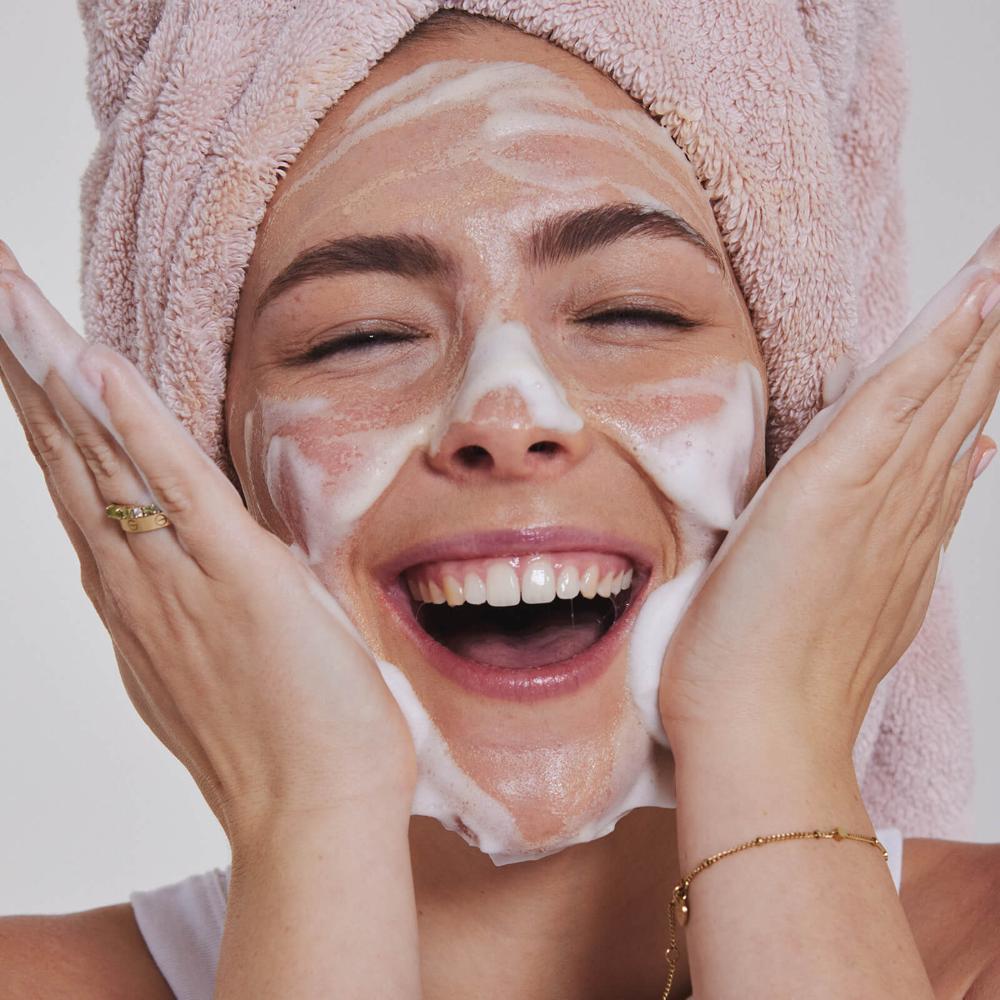
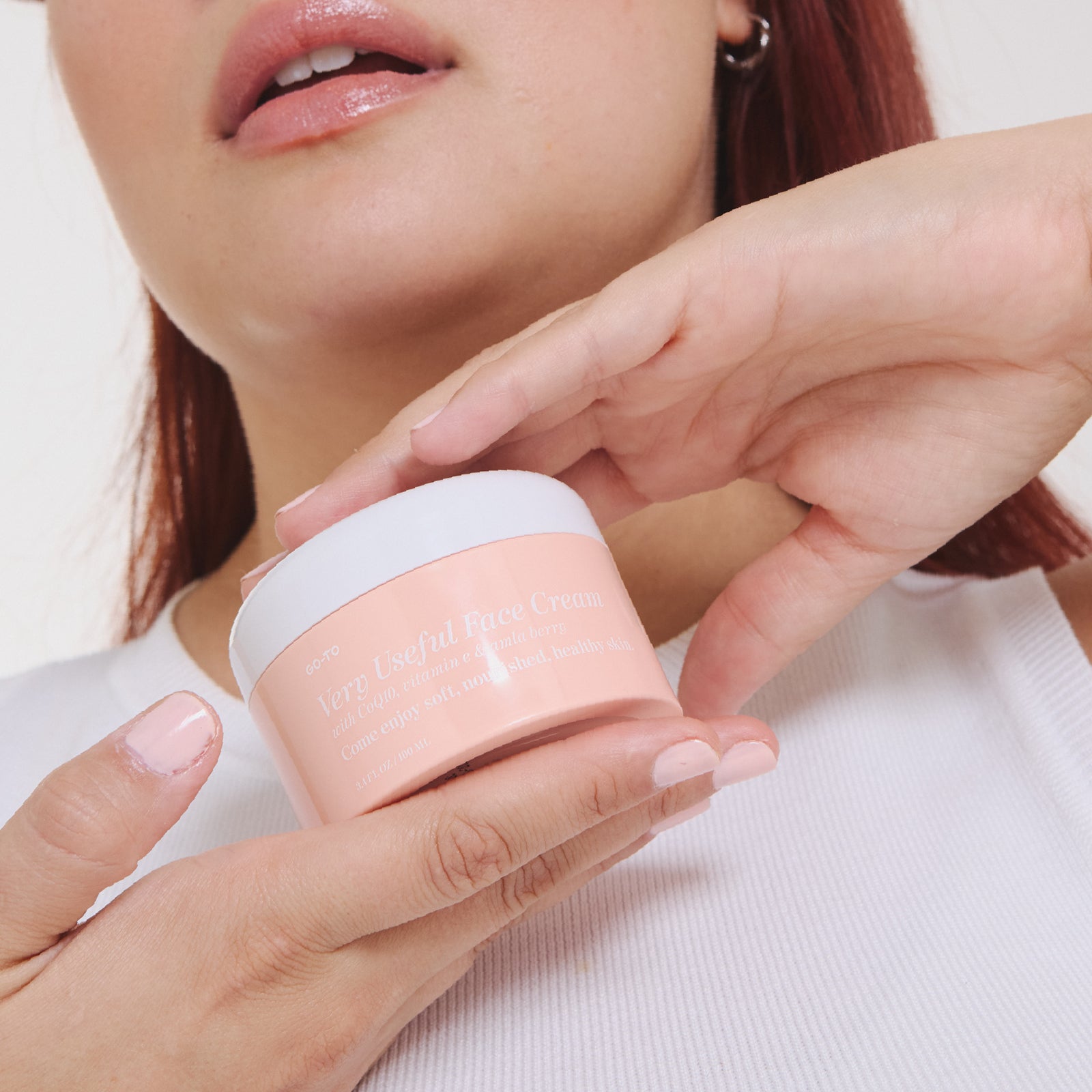

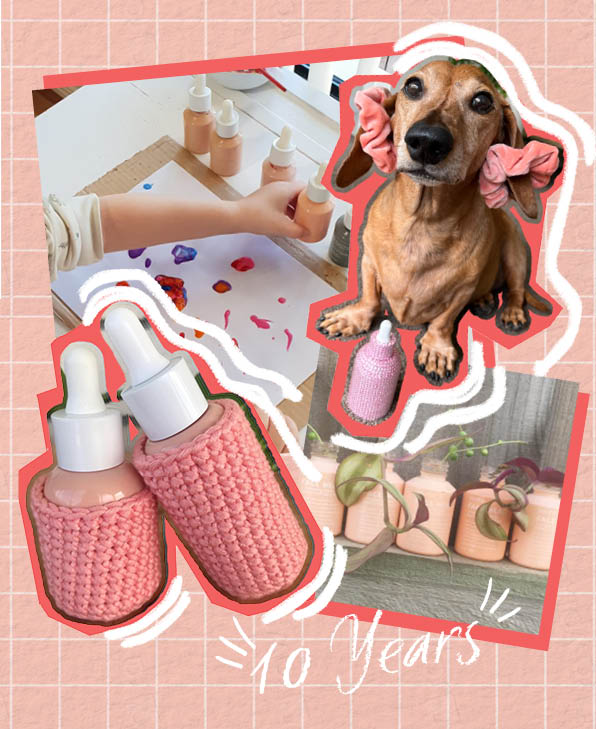

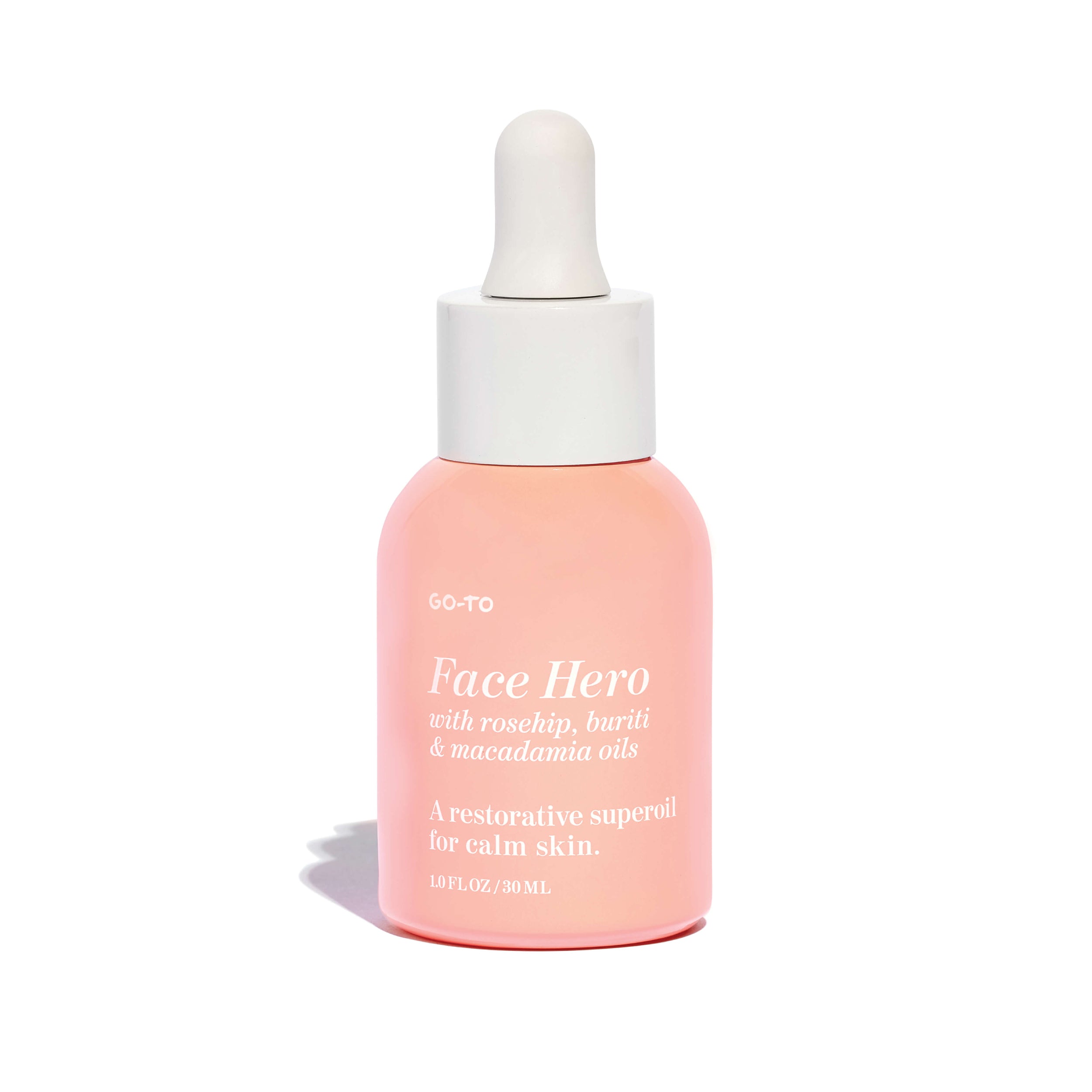
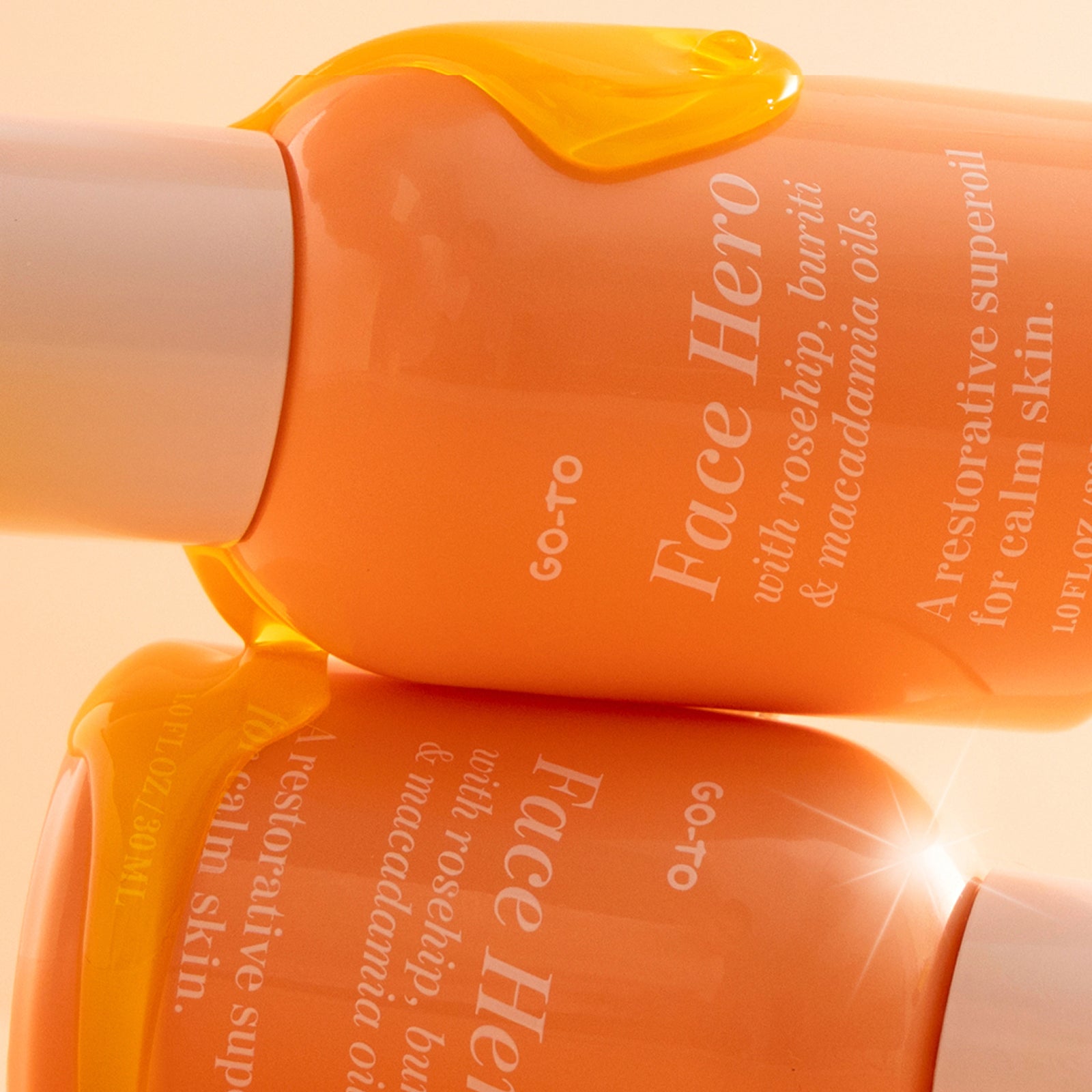
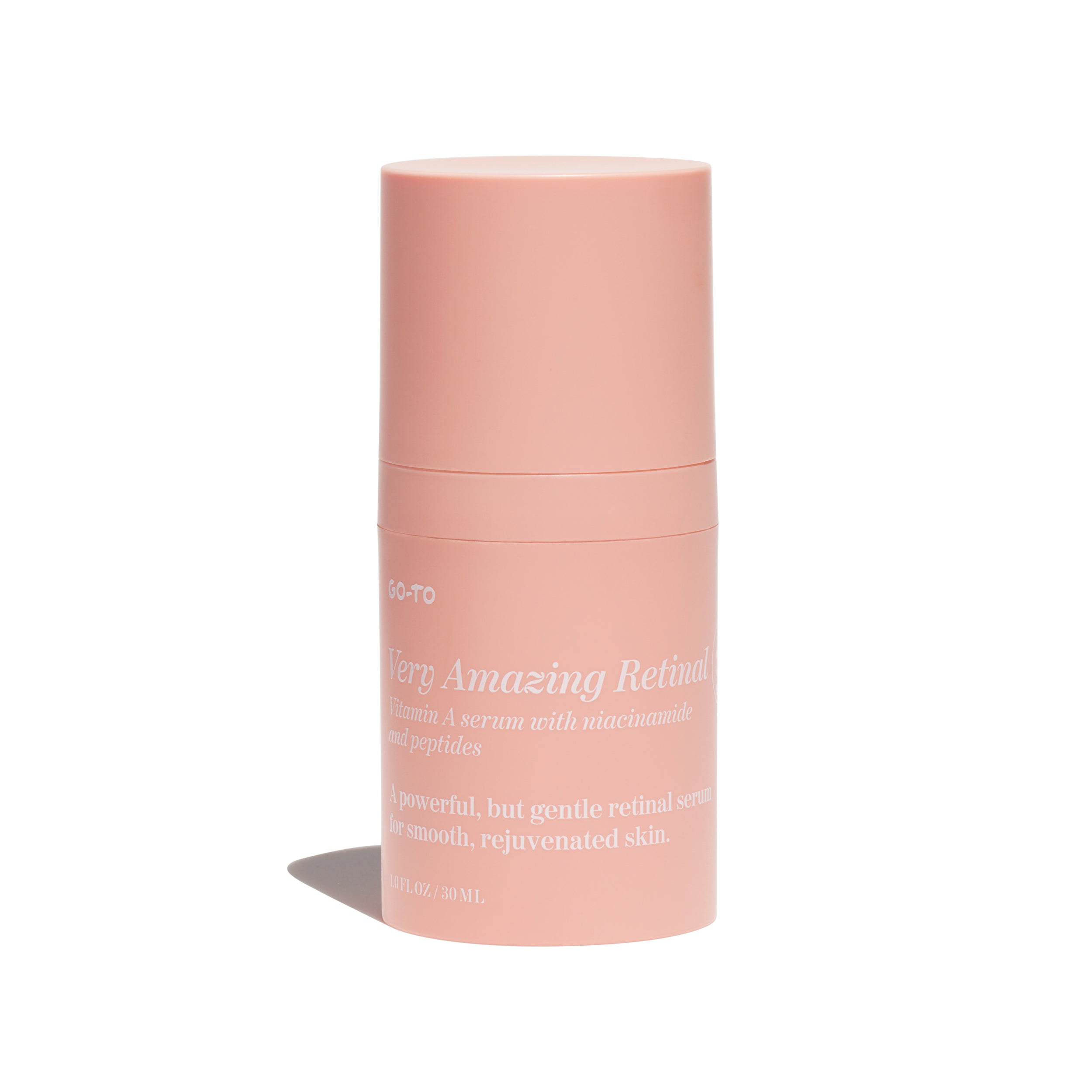


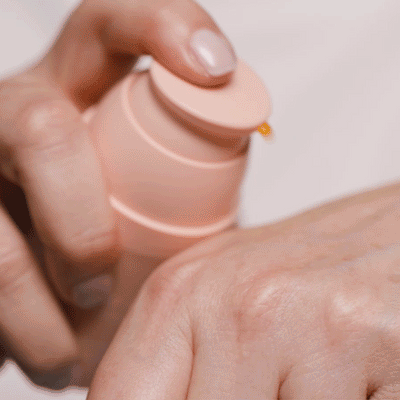
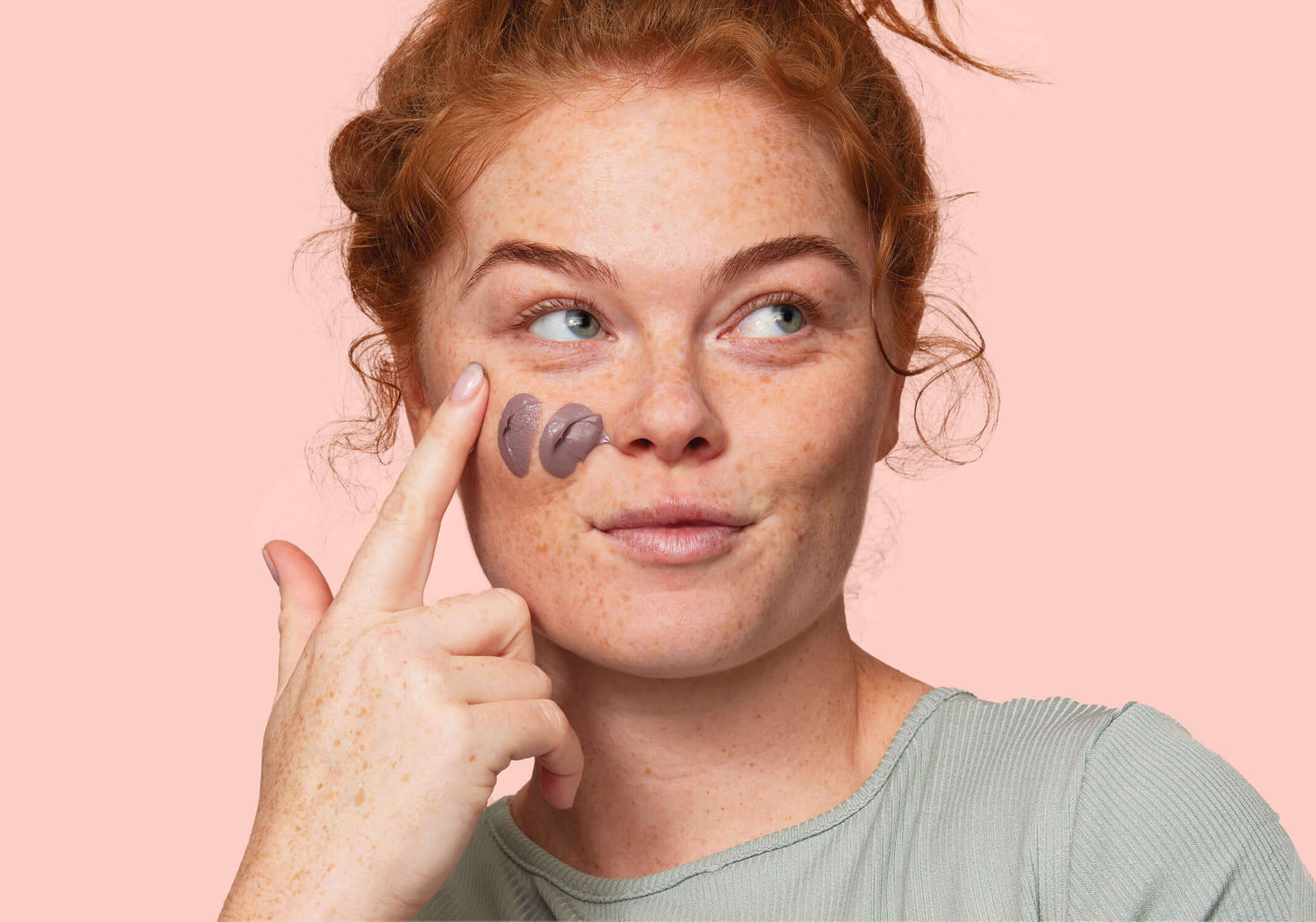

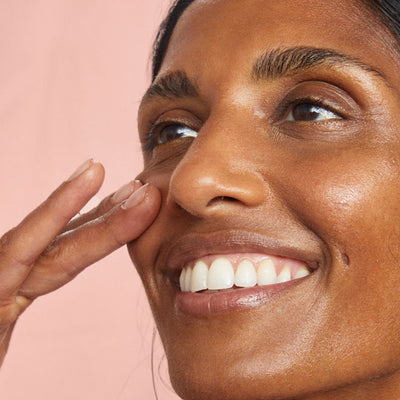
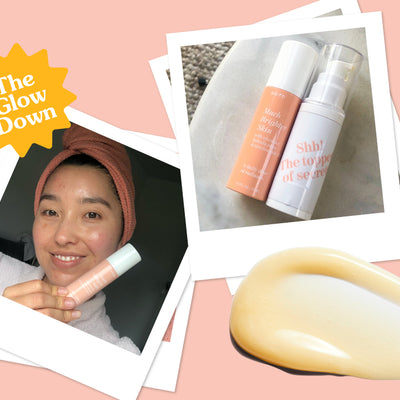
Comments